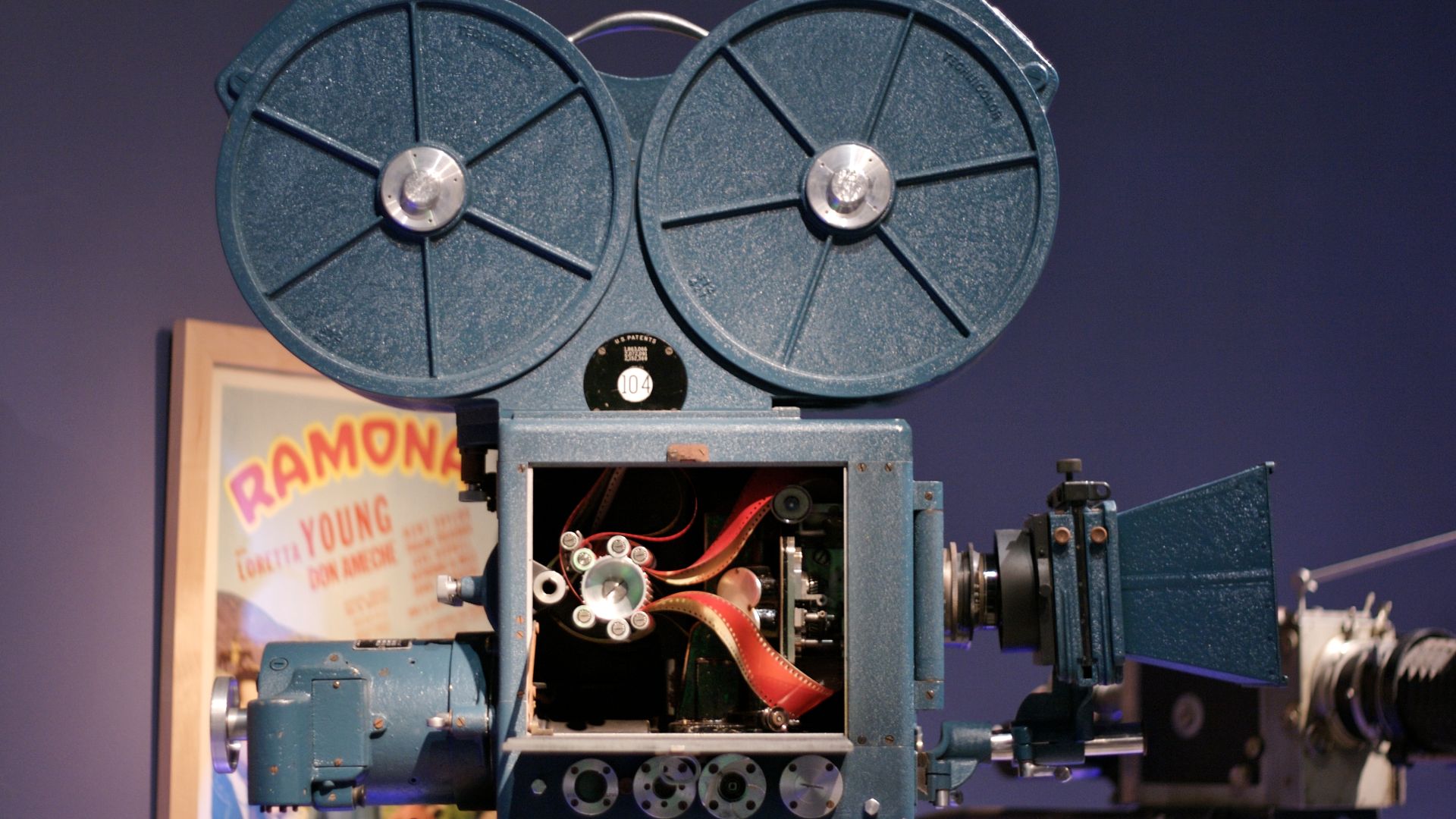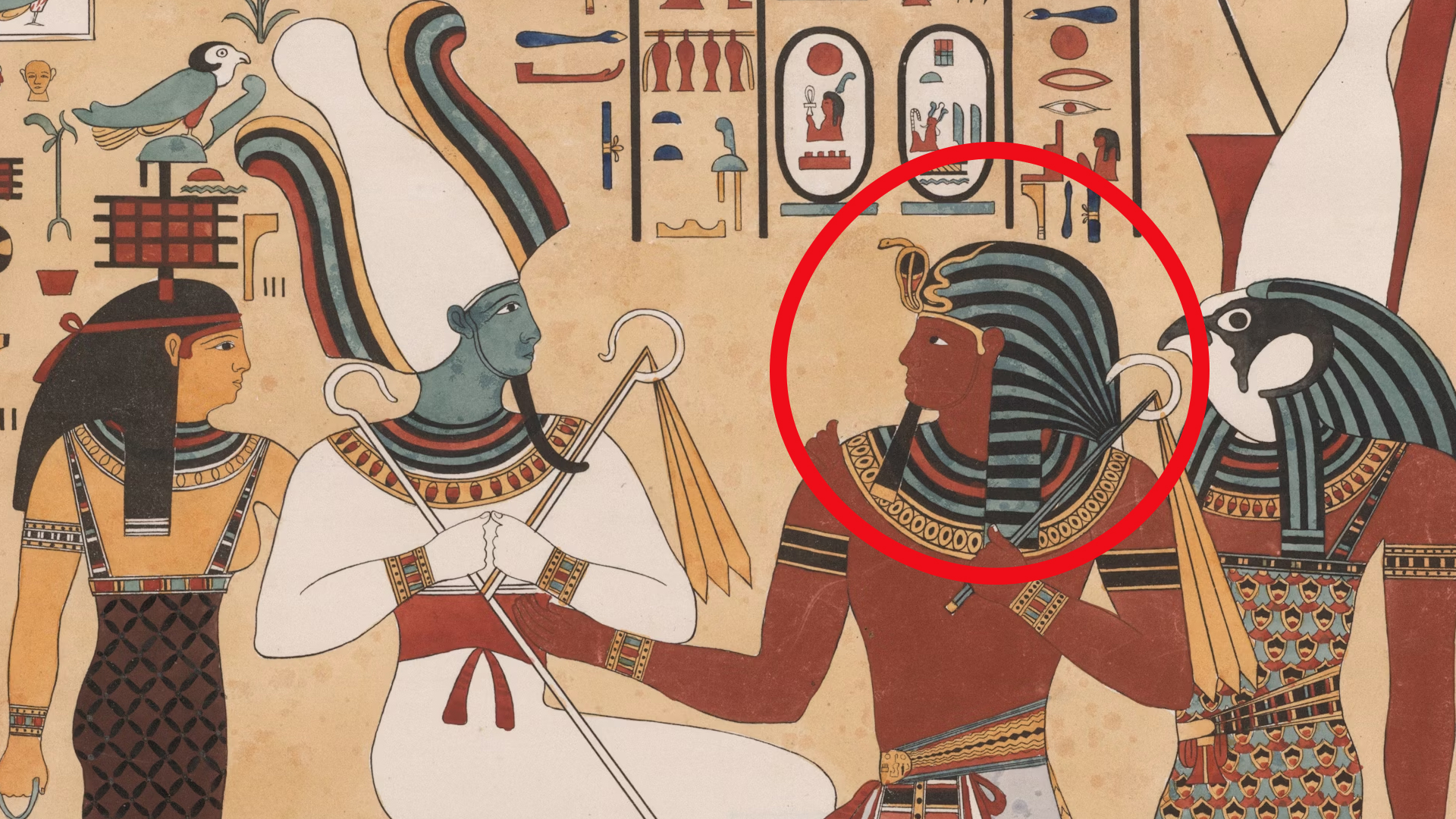 Marcin Wichary from San Francisco, U.S.A. on Wikimedia
Marcin Wichary from San Francisco, U.S.A. on Wikimedia
There was something truly magical about the golden era of film, a nearly intangible feeling of wonder, sparkle, and awe that we rarely see on screen anymore.
While the general shift in tone has changed in movies through a wide variety of genres, a more recent complaint of the medium is that lighting and color have become abhorrent.
This could be a part of the artistic vision, but it may also be due to issues with limitations and post-production editing. A Variety article from 2022 also suggested that it may have to do with our television settings or poor maintenance of movie projectors. Regardless of reason, we seem to have an overwhelming lack of brightness and color, something that captured the hearts and minds of moviegoers from time gone by.
What made this medium so bright, you may ask? Well, Technicolor, of course!
What Was Technicolor
Technicolor was a company that used a collection of color processes that first appeared in 1916. It required a special camera that ran three separate film strips to achieve that highly saturated look we know and love today. The process of Technicolor was improved over many decades, with Process 4, the three-color process, being the one we most commonly think of today.
Many films of this era, The Wizard of Oz, Meet Me in St. Louis, Gone With the Wind, Snow White and the Seven Dwarfs, Pinocchio, and Fantasia all made use of Technicolor.
During its time, Technicolor was a huge milestone in cinema, as it brought a beautiful world of color to a medium that was historically black and white. It’s no surprise that this golden era of color blended so well with the golden era of film, especially during the time of prosperity Americans witnessed post-WWII.
For all its dazzling, wonderful, charming, fantastical splendor, it’s obvious from our modern film era that Technicolor is a technology long forgotten.
The Downfall of Technicolor
Despite its popularity during the 20th century, the company Technicolor faced a series of financial and impractical issues. This was faced with the rise of Eastman Kodak, which introduced a much simpler, cheaper, one-strip line of film back in the 1930s. This more modern alternative to the clunky, three-strip camera led to Technicolor releasing the Monopack, their own version of single-strip film.
Sadly, it wasn’t enough to keep the business afloat. Many studios began using the Eastman Kodak color process to save money, essentially displacing the once highly regarded company as the forerunner in the medium.
Thanks to the continuous creation of more modern technology, the process of working with Technicolor cameras is essentially obsolete. This was proved when the company shut down for good in 2001, 15 years shy of their 100th anniversary.
While it no longer exists as a coloring format for media today, it's clear that Technicolor will not be forgotten. It played a crucial role in the creation of color films and amplified the fantastical nature that made movies so popular. For those two things alone, we have much to thank this wonderful company.
KEEP ON READING

We Can Bring Extinct Species Back To Life - But…
Thomas Quine on WikimediaFor the vast majority of human existence,…
By Farva Ivkovic Nov 25, 2025
Einstein's Violin Just Sold At An Auction—And It Earned More…
A Visionary's Violin. Wanda von Debschitz-Kunowski on WikimediaWhen you hear…
By Ashley Bast Nov 3, 2025
This Infamous Ancient Greek Burned Down An Ancient Wonder Just…
History remembers kings and conquerors, but sometimes, it also remembers…
By David Davidovic Nov 12, 2025
The Mysterious "Sea People" Who Collapsed Civilization
3,200 years ago, Bronze Age civilization in the Mediterranean suddenly…
By Robbie Woods Mar 18, 2025
20 Inventors Who Despised Their Creations
Made It… Then Hated It. Inventors often dream big, but…
By Chase Wexler Aug 8, 2025
20 Incredible Items In The British Museum People Say Were…
Mystery In History. The mighty halls of the British Museum…
By Chase Wexler Sep 8, 2025

